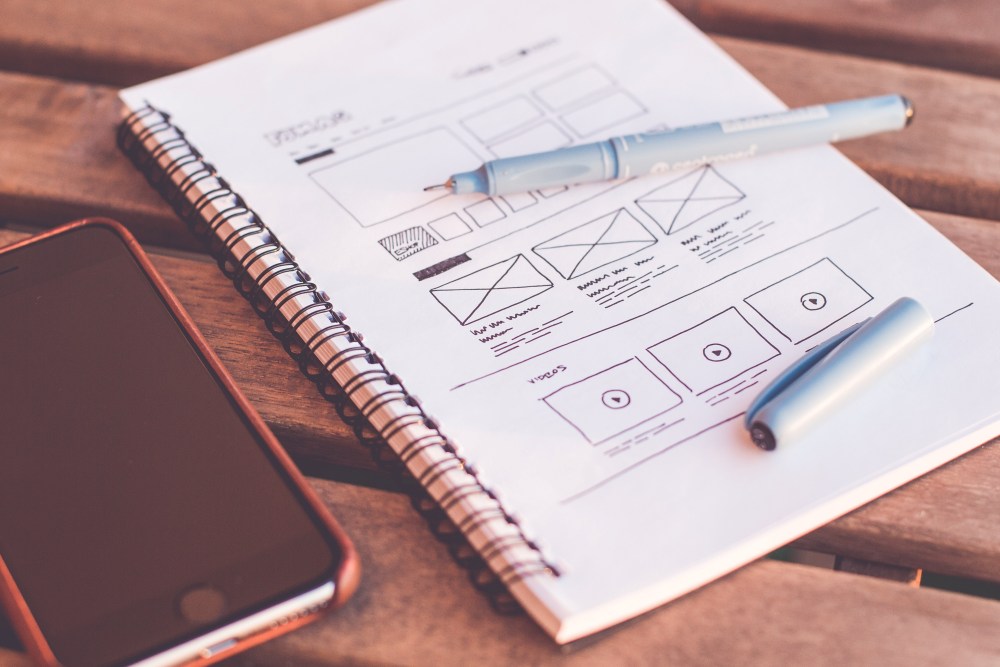

If you thought nonprofit website design is the same as any website design, you’d be wrong. To get users interested in your cause and ready to donate means you have to tweak regular design principles.
In this post, we take you through the standard principles that apply regardless of what website you’re designing, then highlight the specific trends and tips you need to incorporate to make your nonprofit website stand out.
Simplicity, using vivid colors and imagery, and careful placement of very clear calls to action are three of the most important considerations for a nonprofit website design. How do you implement that on a practical level?
It comes down to visuals, bold typography, and a simple navigation structure. Your CMS, security and the functionality of your donation page are other top priorities.
Large nonprofits spend a lot of time following the latest trends in nonprofit website design. But creativity doesn’t have to cost a bomb. Balance authenticity and being serious with clear passion and a little fun, and you should be good.
Keep in mind the latest web design trends and standards which are: fast, clean, and eye-catching.
These are some of the most important nonprofit website design and functionality trends:
Visuals and video are top of the list when it comes to nonprofit website design. Here’s why:
They draw attention and, used thoughtfully, can create an emotional response, which is what you want. Visuals will help guide users through your site and mission and drive them to your donation page.
Multiple images in a carousel are also a great way to create a focal point and function as navigation for sending users to other sections of your website. A textured background can help visuals stand out.
Keep in mind that visuals aren’t only your images. They also refer to visual design, meaning your use of lines, typography, shapes, negative/white spaces, colors, and textures. Other visual elements are infographics and large quotes.
When choosing colors for your website, you may want to read up on how colors affect us psychologically and pick those that best represent emotions, trust, and stimulates attention.
Videos can be expensive to create. But, one well-executed video is well worth the investment and creates a better impression than a dozen videos taken randomly on a mobile phone.
Consider where you place your videos and allow for lots of white space around them. The content should stand out so that users can watch your videos without being distracted.

There are a couple of rules to keep in mind when incorporating donation buttons and other calls to action in your nonprofit website design. These are:
Your donation page is where your raise money and is in reality your most important page. It has to build trust and be easy to use across devices.
Don’t ask for too much information to avoid coming across as intrusive. The basics are their name and last name, a way to contact them, and payment information.
Provide multiple ways to give to maximize donations. For example:
Your Content Management System (CMS) can make all the difference in your website’s functionality. Up to 58% of nonprofits, charities, and NGOs worldwide use WordPress as the CMS, while others use Wix, Squarespace, and Drupal.
Freelancers and website design agencies can help if you’re unfamiliar with building a website yourself. The cost will depend on how much content you have, how graphically intensive it needs to be, and the complexity of the site.
Most nonprofits depend on support from both public and private donors. This makes their reputations one of their most valued assets.
Be sure to include the following information on your website:
Nonprofits and charities manage financial information. This makes them targets for hackers, bots, and scammers. Being proactive about cybersecurity for your nonprofit is the best way to not become a victim of cybercrime.
One of the best ways to ward off attacks and prevent fake email sign-ups through bots is to upgrade your web hosting service. Compare hosting services before you decide, making sure you get top-notch security, automatic backups, and 24/7 customer service.

If you follow our rules for nonprofit website design, you are a big step closer to making your digital properties work for you.
Following the simple rules of consistency, simplicity and functionality puts you in the best possible place to start using all available channels - from nonprofit auction sites to social media - to draw users to your website.